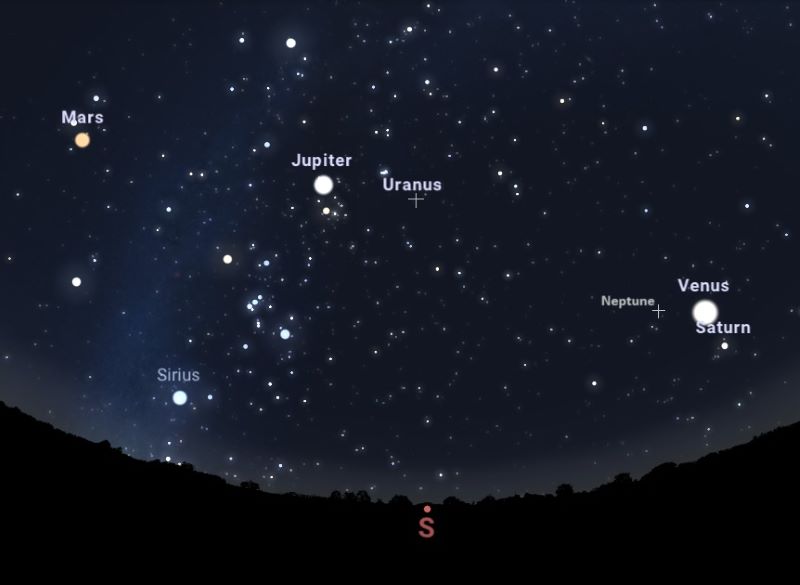On January 25, 2025, a highly publicized planetary alignment was said to occur—a celestial event that purportedly happens once in 396 billion years. Excitement around this astronomical occurrence reached a fever pitch, but numerous claims and hypotheses surrounding it warrant critical examination. In this article, we will dissect the facts, separate the science from the hype, and provide clarity on what this alignment truly signifies.
Understanding Planetary Alignment
Planetary alignment refers to the configuration where planets appear to line up along the same side of the Sun from an observer’s perspective on Earth. While this may sound extraordinary, the mechanics behind planetary alignments deserve closer scrutiny. Here are some key points to consider:
- Frequency of Alignments: Planetary alignments occur periodically but often not in perfect alignment.
- Types of Alignments: The phrase ‘alignment’ can vary in definition; sometimes, it refers to planets appearing in the same region of the sky, rather than a straight line.
- Visual Phenomenon: Many planets are visible to the naked eye, complicating the claimed rarity of these alignments.
The Science Behind January 25’s Alignment
To evaluate the claims surrounding the January 25 alignment, we analyzed the planets involved and their trajectories:
- Planets Involved: Research indicates that five planets—Mercury, Venus, Mars, Jupiter, and Saturn—are expected to be prominent.
- Orbital Periods: The planets have different orbital periods which makes the coincidence of alignments relatively common.
- Degrees of Separation: A genuine ‘alignment’ necessitates nearer positional proximity than what will likely occur on January 25.
Debunking the ‘396 Billion Years’ Claim
The claim that this alignment is a “once in 396 billion years” event may have more to do with sensationalism than science:
- Lack of Evidence: There is currently no empirical evidence or credible scientific basis for this extreme rarity claim.
- Historical Context: Such extraordinary assertions often lack historical context regarding past alignments.
- Cyclic Patterns: Astronomy operates on predictable cycles, making extraordinary claims about long intervals misleading.
What This Alignment Means for Astronomy
While the planetary alignment on January 25 is not the rare phenomenon it has been branded, it still offers various educational and research opportunities:
- Public Engagement: Astronomy outreach can capitalize on public interest to promote science understanding.
- Observational Studies: With a cluster of planets visible in the night sky, amateur and professional astronomers can engage in observational projects.
- Astrophysics Research: Researchers can analyze gravitational interactions during the alignment for further scientific inquiry.
The Role of Media in Misrepresenting Astronomy
Media plays a significant role in shaping public perception of astronomical events. However, sensationalist reporting can distort the reality behind cosmic occurrences. Some points to note include:
- Clickbait Headlines: Eye-catching titles often prioritize engagement over accurate representation.
- Unfiltered Information: Misinformation spreads rapidly, requiring scientists to advocate for clear, factual communication.
- Educational Responsibility: The scientific community has a responsibility to educate the public about what to expect during celestial events.
Conclusion
In summary, while the planetary alignment occurring on January 25 will capture public interest, the exaggerated claims associated with it are a distraction from true astronomical understanding. Instead of being a “once in 396 billion years” spectacle, this event is an opportunity for learning and observation. It highlights the need for responsible media reporting and the importance of grounding astronomical phenomena in established scientific principles.
For science students, scientists, physicists, and technical enthusiasts, it remains crucial to approach planetary events with skepticism and inquiry. Rather than succumbing to sensationalized narratives, we should focus our attention on observing, studying, and understanding the universe we inhabit.
“`


